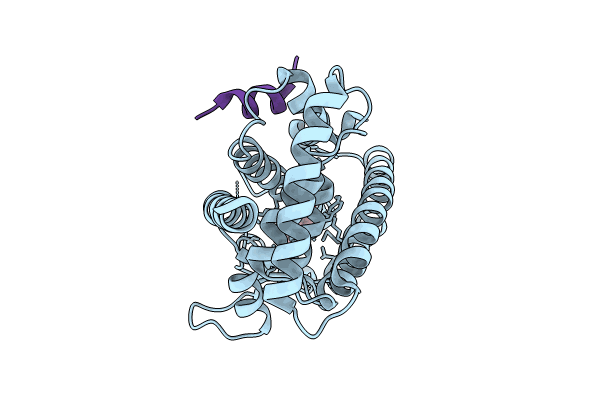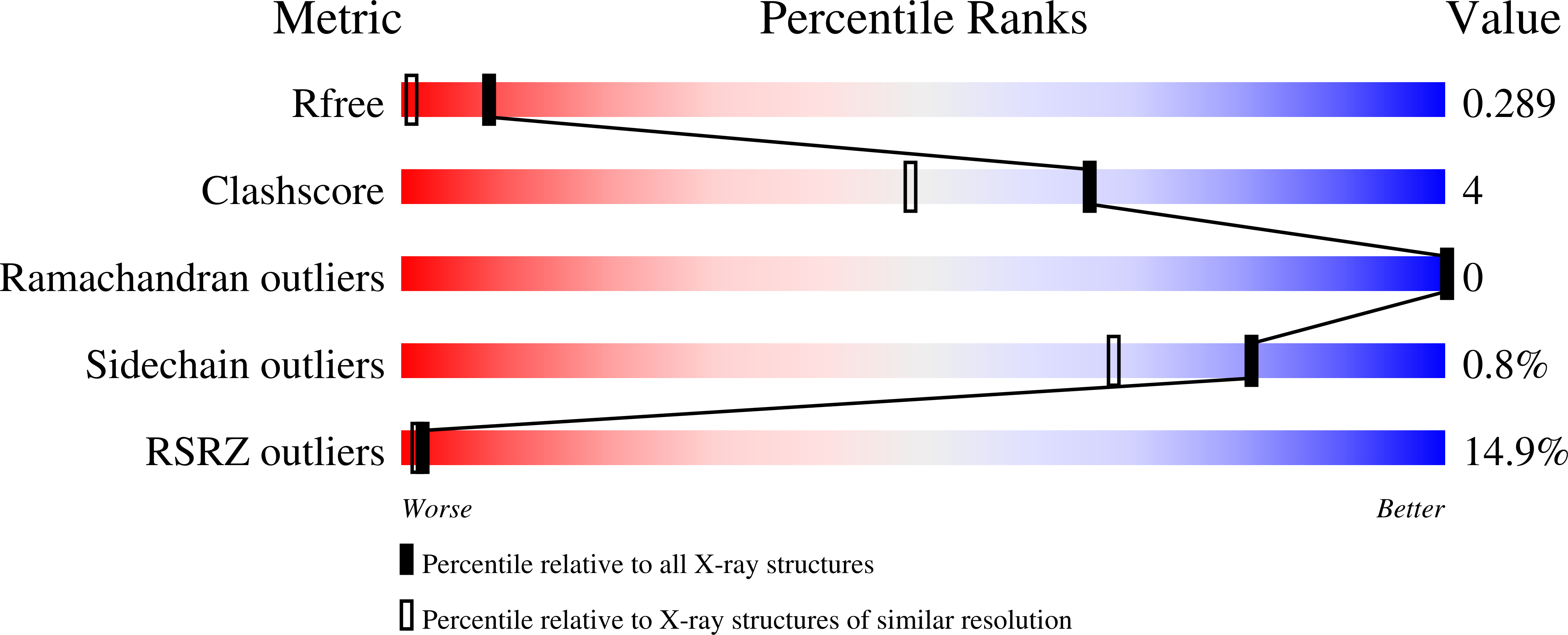
Deposition Date
2024-05-05
Release Date
2024-07-10
Last Version Date
2024-07-10
Entry Detail
PDB ID:
9F7X
Keywords:
Title:
Human PPARgamma ligand binding domain in complex with co-activator 1alpha peptide and bisphenol B (BPB)
Biological Source:
Source Organism:
Homo sapiens (Taxon ID: 9606)
Host Organism:
Method Details:
Experimental Method:
Resolution:
1.63 Å
R-Value Free:
0.28
R-Value Work:
0.24
R-Value Observed:
0.25
Space Group:
P 1 21 1


